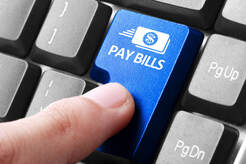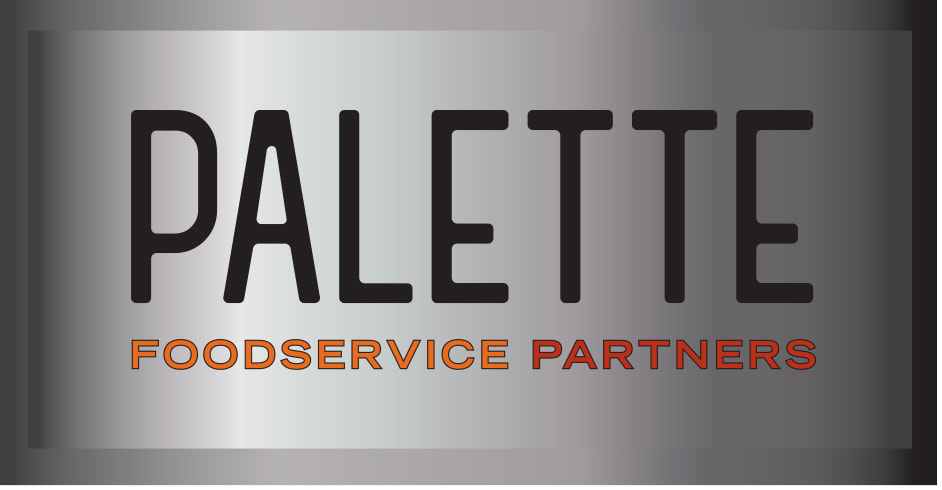 Restaurants have to operate more efficiently than ever to eke out profits in the current economy. Having the capacity to offer automated, fast payments to vendors and employees alike can give a restaurant leverage – potentially enabling it to secure deals with vendors in exchange for early payments, as well as earning loyalty from staff who know they will get paid promptly after a shift. Beyond that, automated payment capabilities can help a restaurant operate more nimbly by responding quickly to shifts in supply. Do your systems enable you to pay people on-demand? At a time when a restaurant needs to use every tool at its disposal, the capability can deliver a competitive advantage. Despite recent news about bans on cash-free (i.e. app- or card-based) payment requirements at restaurants in New York and other states, there is plenty of momentum pushing restaurants toward even more seamless, tech-based payment systems. Software companies like PopID, for example, are providing artificial intelligence-enabled facial-recognition platforms that can not only process payment rapidly but also recognize a customer – then quickly pull up previous orders, which are often repeated at quick-service restaurants. Payments Journal reports that the result at CaliBurger, a brand using the technology, has been shorter lines and compressed ordering times.
The market for automated accounts payable is expanding. One forecast predicts the global market to balloon from $1.9 billion to $3.1 billion in the next five years. In the meantime, a growing number of vendors are seeking business from restaurant operators still relying on manual or paper-based processes to pay invoices and manage accounts. If you’re in the market for an automated system, Restaurant365 shared some benefits to the systems that are worth considering when determining how well vendors can deliver: If you’re opening new locations, automated systems can streamline your accounts and ensure vendors continue to be paid on time. They can save time by eliminating painstaking data entry and streamlining the approvals process. This, in turn, enables you to project your spending requirements more clearly and without guesswork. Further, the accounting process is visible and transparent, so errors, reporting irregularities and security issues are easier to spot. Finally, by giving you real-time insights into your food costs, these systems helps you make faster decisions to improve the quality of your menu and protect your bottom line.
|
Subscribe to our newsletterArchives
July 2024
Categories
All
|





 RSS Feed
RSS Feed